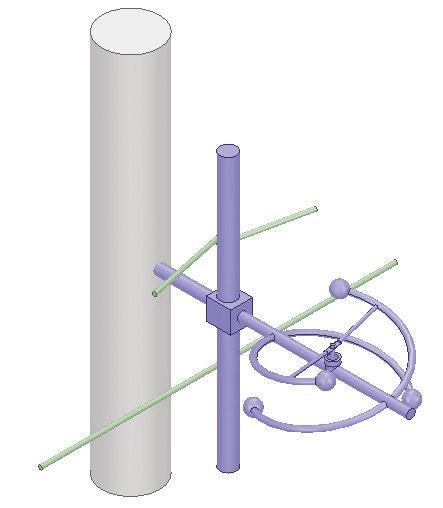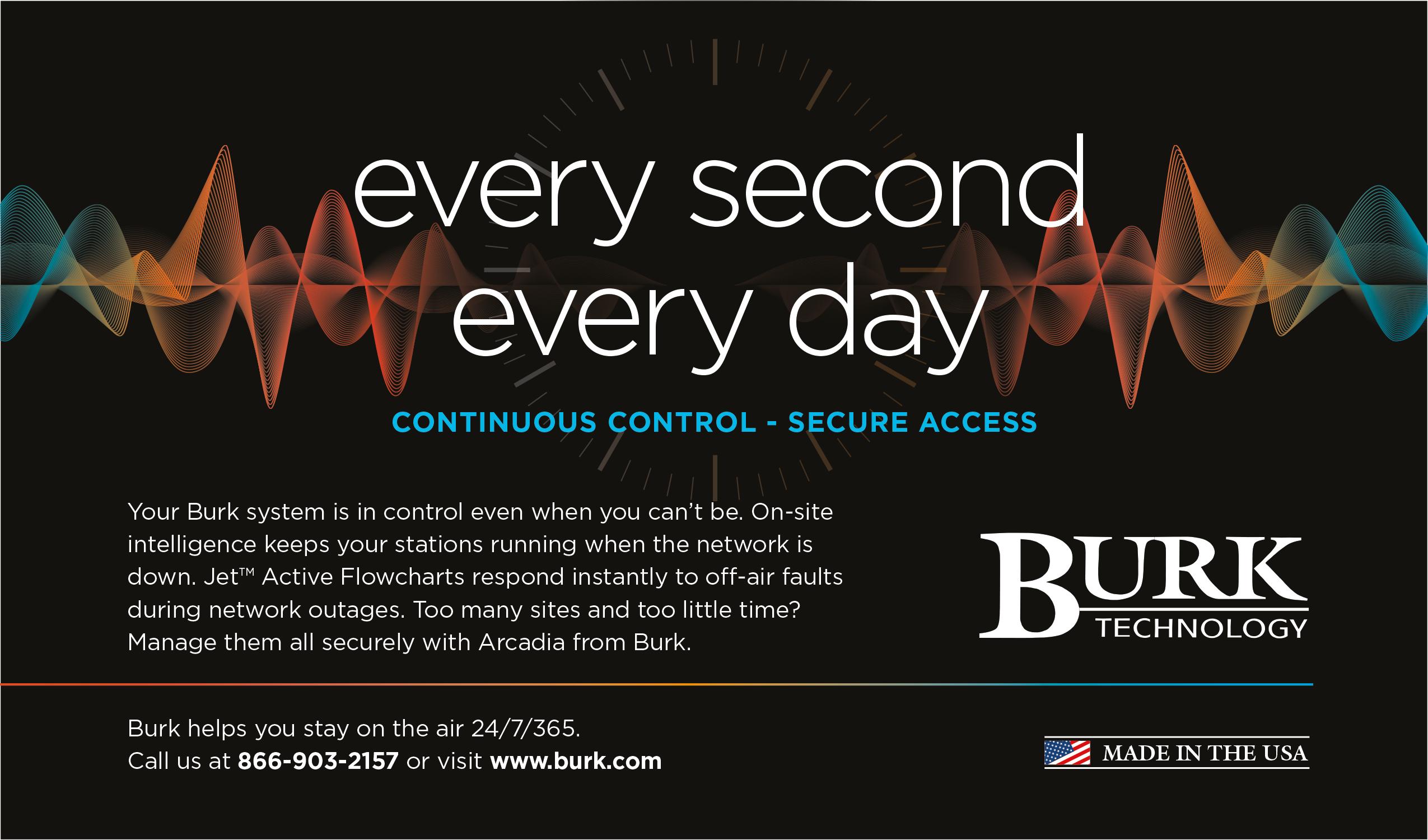
1 minute read
Newswatch
Dielectric Expects FCC to OK FM Pattern Modeling
Hold Off on Foreign Sponsorship ID, FCC Is Told
Dielectric is hoping that the FCC will approve a petition to allow computational directional FM antenna pattern modeling. It said it expects the FCC to give its blessing this fall.
“The new rule paves the way for the first directional FM pattern verification rule change in 58 years — a rule change that passes the torch from physical to AI-driven simulated modeling,” the company stated.
FM broadcast antenna manufacturers currently must build physical models and collect measured data to verify patterns. Antenna modeling is used in other broadcast products including TV station antenna modeling, which has been allowed for the past four years.
VP of Engineering John Schadler said this change is “simply long overdue. … FM is the only FCC service that still requires a physical range measurement, and anyone who has worked with range measurements knows that accurately measuring radiation patterns is extremely difficult. Simulated pattern verification is much more economical with less chance of error.”
Read the Dielectric proposal in PDF form at https://tinyurl.com/rwfm-pattern. Several broadcaster advocacy groups asked the FCC not to implement its new rule about investigating the sources of programming content, pending the outcome of a legal challenge.
The National Association of Broadcasters, the Multicultural Media, Telecom and Internet Council and the National Association of Black Owned Broadcasters asked the commission to stay the implementation of its new requirement, which states that every TV and radio broadcaster is to independently investigate every programming lessee to determine whether the sponsor is a foreign governmental entity or its agent — “even where the leased programming poses no colorable risk of foreign sponsorship.”
The three organizations are fighting the order in an appeals court.
They said this order will require many broadcasters to spend “tens of thousands to hundreds of thousands of dollars” to hire and train employees to conduct the required investigations, as well as engage counsel to review their lease agreements and negotiate with lessees to bring existing leases into compliance.








